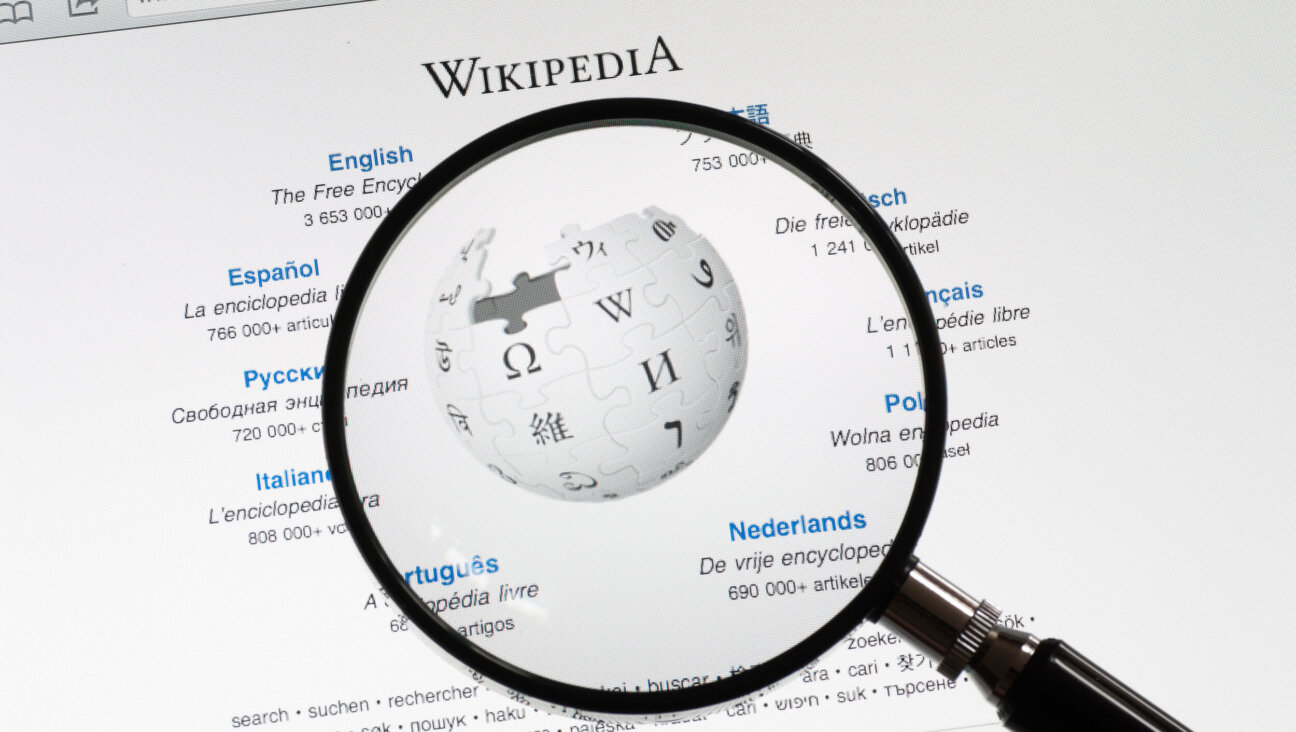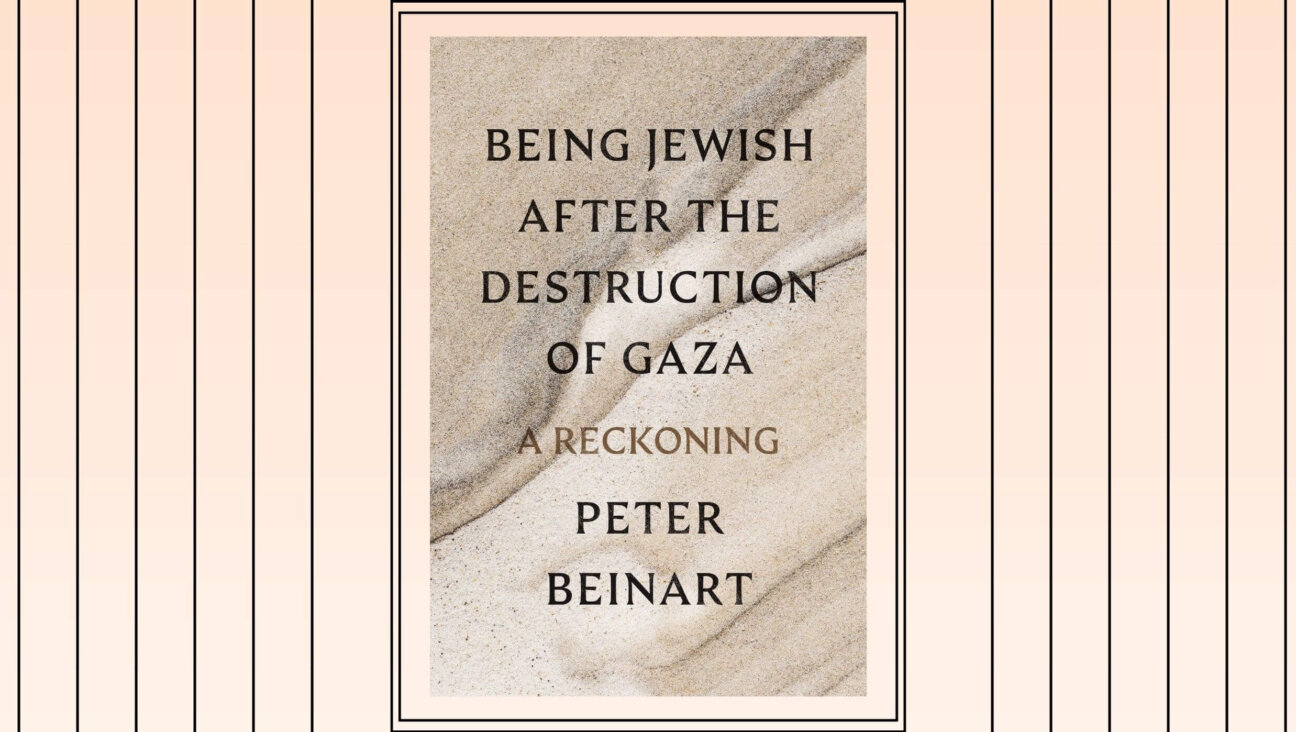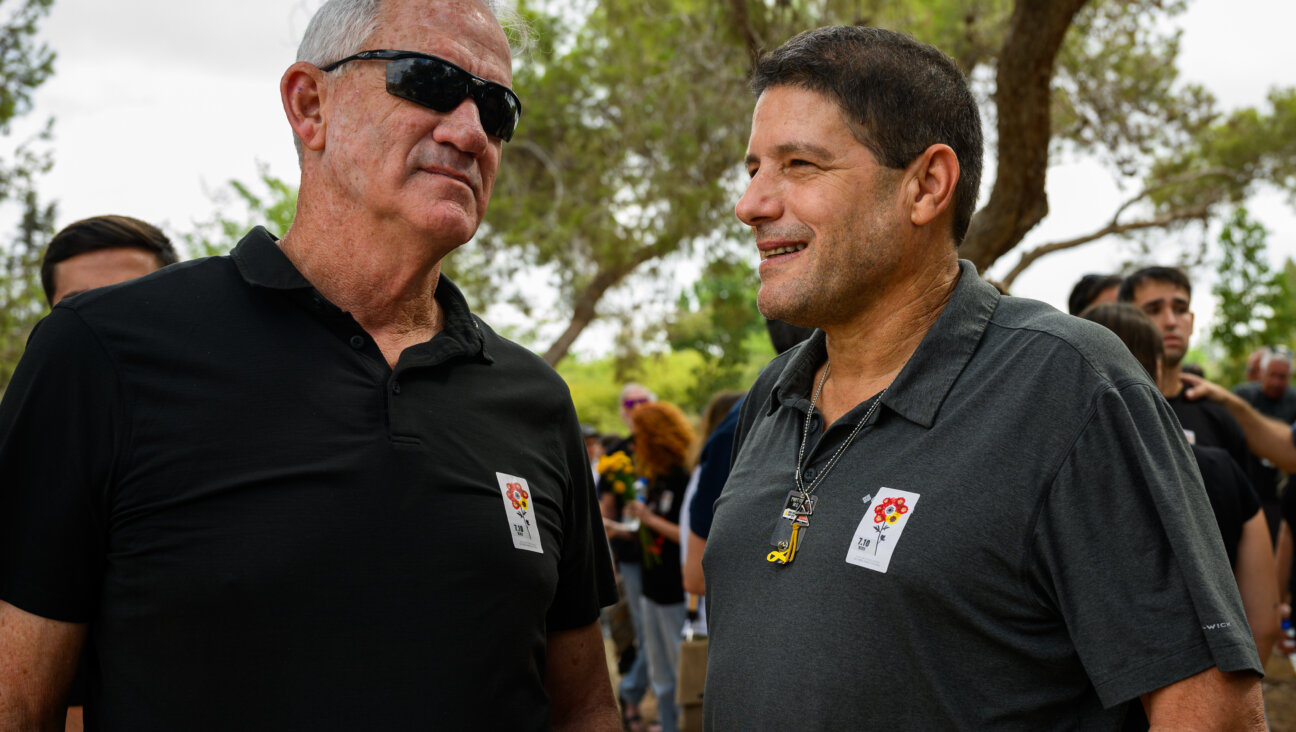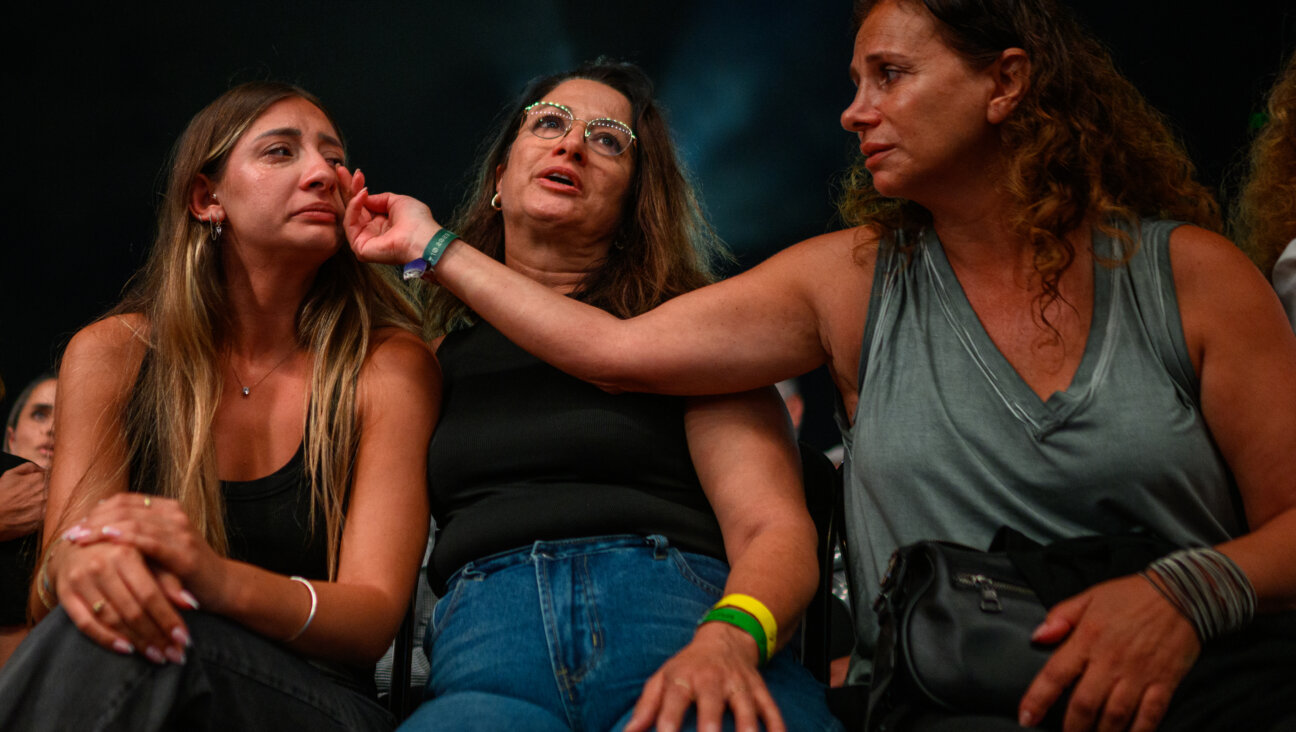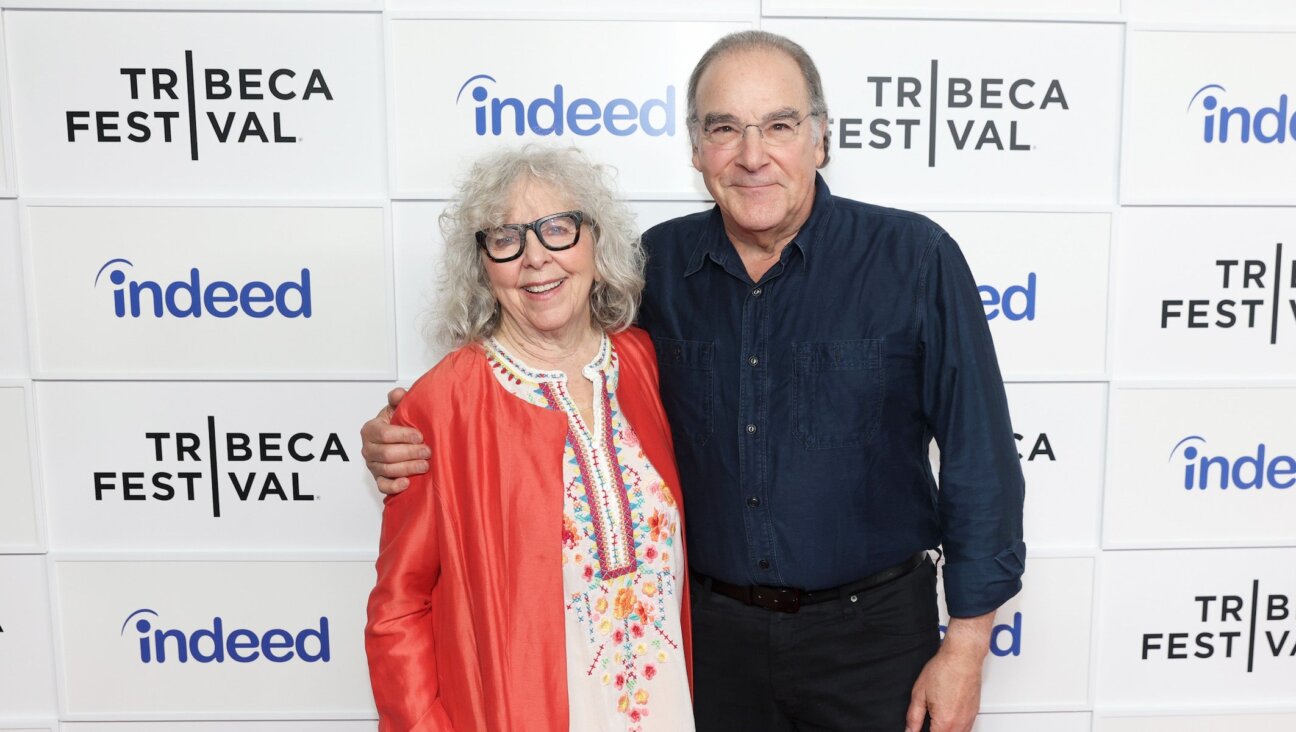April 24, 2009
40% Foolish on Iran
Your account of the J Street poll that reports 40% of American Jews would favor an American attack on Iran if it were on the verge of going nuclear is no less disturbing than any other bad news we’ve heard recently (“Israel, U.S. Pursue Divergent Path on Iran,” April 3).
Does this 40% really believe that the quagmire of two wars abroad should be joined by a third? Or that Israel’s interests — or anybody else’s — would be protected by a Mideast conflagration fiercer than anything yet seen there?
Berel Lang
Riverdale, N.Y.
Who Poured the First Cup for Miriam?
Aurora Mendelsohn’s April 3 opinion article on the history of two feminist rituals that have become part of the Passover Seder traces the origins of Miriam’s Cup to 1989 and a Boston Rosh Hodesh group (“Raising Cups, Dropping Oranges”).
For the sake of the historical record, I would like to share my experience with this ritual.
E.M. Broner and Nomi Nimrod co-wrote “The Women’s Haggadah” in Israel in 1975. The next year, Broner, together with four other “Seder Sisters,” held the first feminist Seder in New York City. I joined them in 1977 and became one of the Seder Sisters.
We recall singing Miriam’s praises from the very beginning. Instead of “Eliyahu Ha’Nevi” we sang “Miriam, Ha’Neviya.” We had a Miriam’s Cup on our floor (because we never had a table large enough to seat all the women, the floor became our Seder table). We don’t recall the exact year when Miriam’s Cup was moved to the head of our table, but we know that we had it there in the early 1980s. In the beginning we filled Miriam’s Cup with wine; later the decision was made to fill it with water.
Lilly Rivlin
New York, N.Y.
Travelers or Builders?
Recent research showing the weak connection of Taglit-Birthright Israel alumni to the Jewish community highlights a serious question for the vitality of North American Jewish life: What does it take to help people create a substantive and durable Jewish identity?
The research team from the Cohen Center at Brandeis University notes that many emerging adults in the Jewish community are acting more like tourists to Jewish life rather than citizens, which bodes poorly for a voluntary community like that of today’s Jews. We can’t afford for young people to think that Jewish life is a nice place to visit, but not a place they would want to live.
In their April 3 opinion article “Empowerment, Then Citizenship,” researchers Fern Chertok, Theodore Sasson and Leonard Saxe move beyond a description of the problem to prescribe a middle path they call “traveler,” suggesting that if citizenship is too high a bar, at least we can offer opportunities for the next generation to embark upon a serious Jewish journey — the ideal destination of which, Wizard-of-Oz-like, is home.
The study provides some important insight. Young Jews are looking for authentic ways to express their values and sensibilities, their perceived role in the world and the terms upon which they relate to one another. These are some of the reasons that we’ve seen rapidly growing interest in Jewish-sponsored service programs, especially those that are universalistic in scope. We’ve seen many thousands of young Jewish adults plant seeds to fight hunger in the developing world, help rebuild lives in the Gulf Coast’s devastated communities or commit to intensive work in America’s cities. And long after their experiences end, they want to do more.
It is counter-productive to wring our hands over the fact that 10 days in Israel won’t automatically translate into synagogue attendance. We need to provide more opportunities for young adults to link Judaism with their desire to positively shape the world they’ve inherited. We must also realize that in a society of excessive materialism — the excesses of which have had negative results on a global scale — we’ve raised a generation that craves depth, substance and the opportunity to serve others. That is an accomplishment worth celebrating.
Today’s young Jewish adults have boundless energy, creativity and leadership ability. They are also dramatically effective at organizing. Once the Jewish community devotes more attention and resources toward empowering younger Jews to be the kinds of people they want to be — and to helping us be the kind of community we want to be — these young people can and will connect the dots. Rather than tourists or travelers, we suggest that repairers and builders might be the right way to think about the role of the Jewish people’s rising generations. Their only question to us is whether or not we are willing to share the tools.
Ruth W. Messinger
President
American Jewish World ServiceRabbi David Rosenn
Executive Director
AVODAH: The Jewish Service Corps
New York, N.Y.





